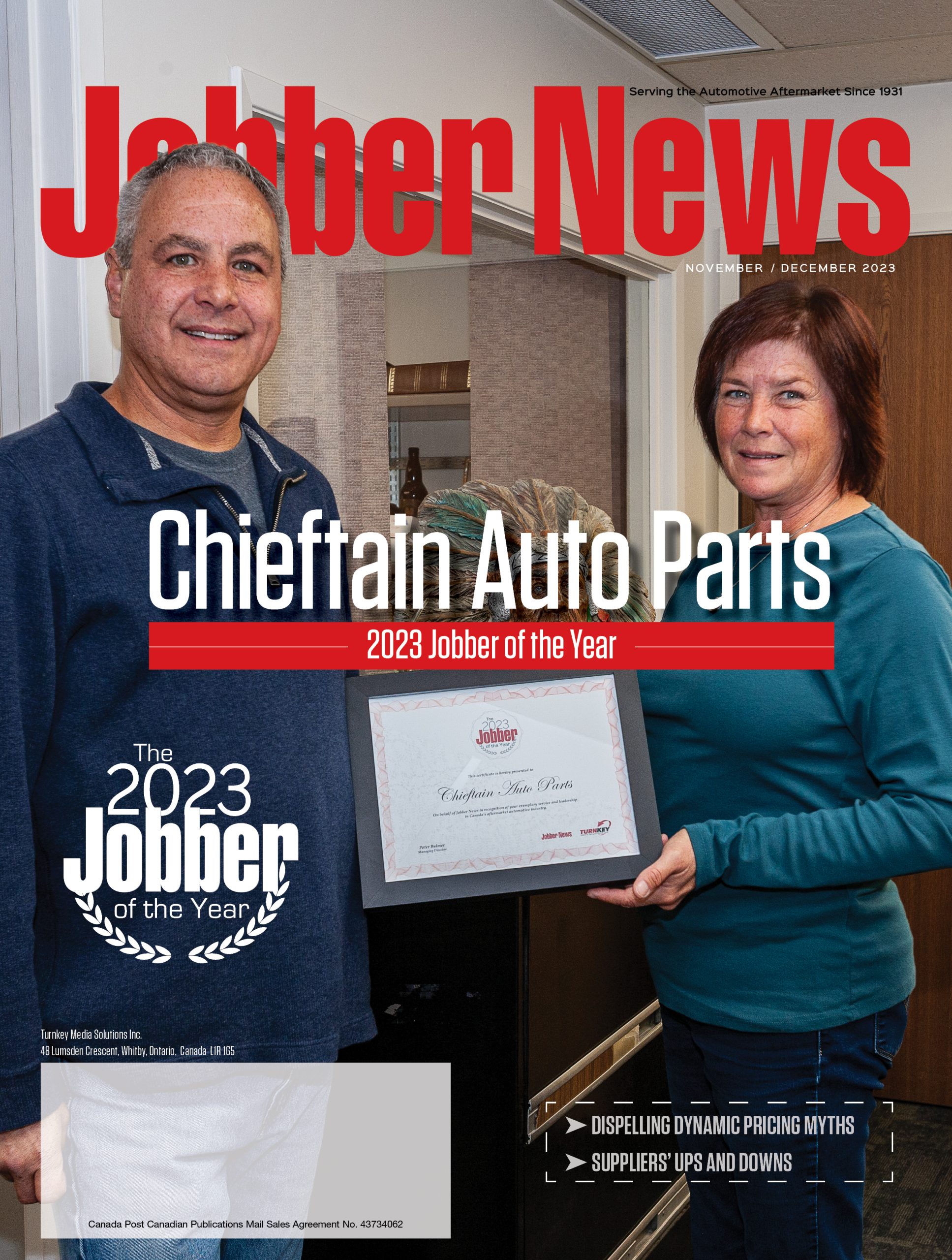
Customer service trends the aftermarket needs to know about
 Image credit: Depositphotos.com
Image credit: Depositphotos.comThe automotive aftermarket needs to build a better customer service experience. It needs to be more of a customer-centric process, according to an industry expert.
One, a customer should be able to do business with you whenever, wherever and however they want, said J.D. Ney, Canadian automotive practice lead at J.D. Power. If they want to walk in your doors, call you, use an app or whatever the option may be, “you should have an easy, intuitive, simple way for me to do that,” he said.
Your business should also adapt to have outsized digital expectations. So as the expectations and experiences that come from dealing with Google, Amazon or Apple grow, so too will demand that the aftermarket provides something similar. They’ll want to know why it can’t be as easy to do business with you.
“So whether that’s fair or not, we can have that debate. My take would be, it’s sort of too late for that,” Ney said at AIA Canada’s National Conference. “This just kind of is what it is and we have to figure out how to evolve our business to more closely match those expectations and those needs.”
When it comes to service expectations, it’s all about minimizing friction and providing immediacy. Ney bets you’ll hear the term “minimizing friction” a lot soon enough. Customers will assess how aftermarket businesses are making it as easy as possible for them to do business. The ones who demand the least of them, that’s the company with which they’re going to do business.
Think of what may have been previously considered “emergency measures” before the pandemic — things like picking up a customer’s car, bringing it in for service and then returning it to their home. But once a customer experiences that, they’re more likely to continue doing business with you and taking advantage of that service.
“And what we see or more recently in our study data is it an increasing percentage of Canadians are more than willing to add dollars to their RO for that service,” Ney reported.
Finally, sales advisors need to shift from being solely sales-focused to more emphasis on product consultation and process facilitation. In other words, help the customer through the customer experience as seamlessly and simply as possible, Ney said.
.png)








Have your say: